Our planet relies on the oceans as climate regulators. At the same time, the effects of our emissions are most evident in the oceans. Today, eutrophication, climate change, ocean acidification, and invasive species are some of the challenges the oceans face. The Ocean – A key player in climate
The oceans are already significantly impacted by human activity, making them sensitive to further influence from climate change. Habitats of species may disappear, shift, or shrink, while others gain access to new distribution areas. This can lead to a reduction in biodiversity, exacerbating the oceans’ resilience against, for example, climate change.
According to the International Panel on Climate Change (IPCC), over 90 percent of excess heat and between 20 and 30 percent of carbon dioxide emissions have been absorbed by the oceans. Carbon dioxide is absorbed by the oceans as the gas dissolves in water, and phytoplankton in surface waters take it up and bind it in organic material through photosynthesis. Phytoplankton are then consumed by zooplankton, which, along with other organisms, fall towards the ocean floor as marine snow when they die. This process allows large amounts of carbon from the upper layers of the ocean to reach deeper layers which is crucial for the organisms there. The transport of carbon to the bottom also ensures that it remains in the oceans much longer than if it were to stay in the surface layer, potentially leaking carbon dioxide back into the atmosphere.
One effect of increased emissions of greenhouse gases is ocean warming. When the oceans become warmer, the entire ecosystem is affected. Fish size may change, algal blooms and dead zones increase, and many species such as eelgrass, harbor seals, and mussels struggle to survive. Furthermore, as water becomes warmer, it becomes more challenging for the oceans to absorb carbon dioxide, potentially worsening climate change further.
The warming of the oceans is now the fastest in at least 11,000 years. Although it can be slowed down with powerful measures, the stored heat energy contributed so far will continue to warm our planet for hundreds or even thousands of years.
The oceans play a large role in how we experience the climate on our planet. Thanks to the Gulf Stream, Nordic countries for instance have a relatively mild climate in relation to their northern positions. Warming of the seawater leads to significant changes in ocean circulation and rising sea levels as the ice in the ocean’s melts. The decrease in ice is more pronounced in the northern hemisphere than in Antarctica, and research indicates that the ice will continue to melt for at least 100 years, regardless of the measures taken. However, the effects worsen with the more greenhouse gases we emit. Many scientists are concerned about how the Earth will be affected when the Arctic ice disappears, as it affects the climate by reflecting solar radiation.
Climate change will affect the salinity of the oceans. In areas near the equator, evaporation will increase, leading to an increase in salinity. In areas closer to the poles, such as the Swedish seas, salinity will decrease as precipitation and the influx of freshwater increase and polar ice melts.
Changes in salinity and temperature can, among other things, lead to increased oxygen deficiency. This is because the stratification of seawater in depth becomes clearer, preventing mixing and transport of oxygen-rich water to the bottom. Salinity and temperature also largely control the geographic distribution of species, meaning that climate change can have significant consequences for biodiversity.
The evil twin of warming
The absorption of carbon dioxide by the oceans has almost doubled since the 1980s, but it has come at a cost. When carbon dioxide is mixed into the water column, the chemistry of the ocean changes. A higher concentration of carbon dioxide in the ocean increases acidity, a phenomenon called ocean acidification, sometimes referred to as the “evil twin of warming.” Like the effects of climate change, ocean acidification can lead to the extinction of species or shifts in ecosystems. Studies show that key species such as brittle stars in Gullmarsfjorden would not survive the acidification expected within a few decades. And since many species depend on them, it can have significant consequences for the entire ecosystem.
Ocean acidification affects various biological processes such as photosynthesis and calcification. Many marine organisms are affected by the fact that ocean acidification makes calcium less accessible, as they form shells and skeletons from calcium. Corals are affected by both calcium deficiency and increasing temperature. Coral reefs are one of the ecosystems with the highest biodiversity globally but are also most affected by climate change, leading to coral bleaching. Even the coral Lophelia in Kosterhavet National Park is affected by increased temperature and acidity.
Eutrophication
Today, several marine areas, such as the Black Sea and the Baltic Sea, are affected by eutrophication. This is due to increased nutrient input, leading to the proliferation of fast-growing phytoplankton, cyanobacteria, and filamentous algae. This makes it difficult for other species to survive as much sunlight is blocked. When the algae sink to the bottom, bacteria use up the oxygen to break down the organic material. This has resulted in large dead zones in, for example, the Baltic Sea, where only bacteria and a few other microorganisms can survive in the oxygen-depleted environment. Eutrophication leads to overgrown bays, deteriorated water quality, and reduced biodiversity.
While some nutrient inputs occur naturally, human activities contribute significantly by adding extra nutrients in the form of nitrogen and phosphorus. Agriculture, sewage, industries, forestry, road traffic, and shipping all contribute to eutrophication. Because eutrophication in the Baltic Sea has been ongoing for so long, there are old sins in the form of nutrients bound in sediment. Internal loading is a process where these nutrients are released, mainly when there is limited oxygen at the bottom. Eutrophication thus creates a negative spiral where the system eventually feeds itself.
Although the eutrophication status is still poor in most parts of the Baltic Sea, improvements can be seen in the Gulf of Finland, Kattegat, and the Belts. According to the Helsinki Convention, HELCOM, nitrogen inputs have decreased by 19 percent, and phosphorus by 24 percent since the mid-1990s. To further reduce the impact of eutrophication, the main sources, namely agriculture and wastewater, should be controlled.
Environmental toxins
Many environmental toxins have decreased significantly since the 1970s. However, society’s extensive use of chemicals needs further reduction. History speaks clearly: actions make a difference.
Almost all toxic substances released into nature are considered environmental toxins. Some of these can harm animal and plant life even at low levels if they persist for an extended period. Environmental toxins often break down slowly, meaning their effects can be both long-lasting and spread over large areas. Some common environmental toxins include mercury, lead, cadmium, tributyltin (TBT), DDT, PCB, and dioxins.
Most organic environmental toxins are fat-soluble and therefore accumulate in the fat tissue of various organisms. Toxins accumulate to a greater extent the higher up the food chain you go. Therefore, top predators, often suffer more from environmental toxins than prey animals. When humans eat fish that have stored environmental toxins, they ingest these toxins. This has led to specific dietary recommendations for pregnant women, children, and young people when it comes to fatty fish.
White-tailed eagles and seals were heavily affected by environmental toxins during the 1960s and 70s because they are long-lived animals high up in the food chain. The white-tailed eagle was close to extinction because the chicks did not survive. Seals in the Baltic Sea struggled to reproduce, and in combination with hunting, environmental toxins led to only a few thousand seals remaining. After measures were taken to reduce the levels of environmental toxins, white-tailed eagles and seals in Sweden increased.
But despite the prohibition of PCB and many measures aiming at reducing the spread of environmental toxins, the levels are still relatively high. Some dioxins are considered some of the most dangerous environmental toxins as they can affect the development of our brain, immune system, nervous system, and the ability to have children. This is due to their long-lasting nature and the existence of emission sources that Baltic Sea countries have not yet addressed. Additionally, humans constantly introduce new chemicals that risk reaching the oceans.
Plastic in the ocean
A common pollution in the oceans today is plastic. In the oceans, more than around 150 million tons of plastic float, increasing by 5 to 13 million tons each year. Estimates show that 80–85 percent of marine litter in the EU consists of plastic. Of this, 50 percent are single-use products, and 27 percent are fishing-related items. Lost fishing gear, such as nylon nets, often float around as death traps for animals, known as ghost nets. Whales, seals, seabirds, and other animals can get entangled in these and die.
To try to reduce the problems of plastic waste in the oceans, the EU introduced a directive against single-use plastics in 2021, prohibiting the sale of plastic straws, among other items. Since it takes several hundred years for plastic to break down in the ocean, it instead slowly disintegrates into smaller parts, eventually becoming microplastics. Microplastics are also flushed into the oceans from wastewater treatment plants, often originating from fabrics made of synthetic materials and additives in hygiene products and cosmetics. About 10–30 percent of plastic particles elude capture by wastewater treatment plants and end up in the oceans. If animals ingest microplastics, they can be harmed or poisoned. Additionally, when they consume plastic, a false sense of being full occurs, leading to malnutrition. In water, plastic particles act as magnets for bacteria and environmental toxins, which animals ingest.
Although no significant risks for the environment and health have been found with current concentrations of plastics, knowledge gaps are significant. This currently prevents any conclusive statements about the risks of microplastics.
TEXT: Lina Mattsson
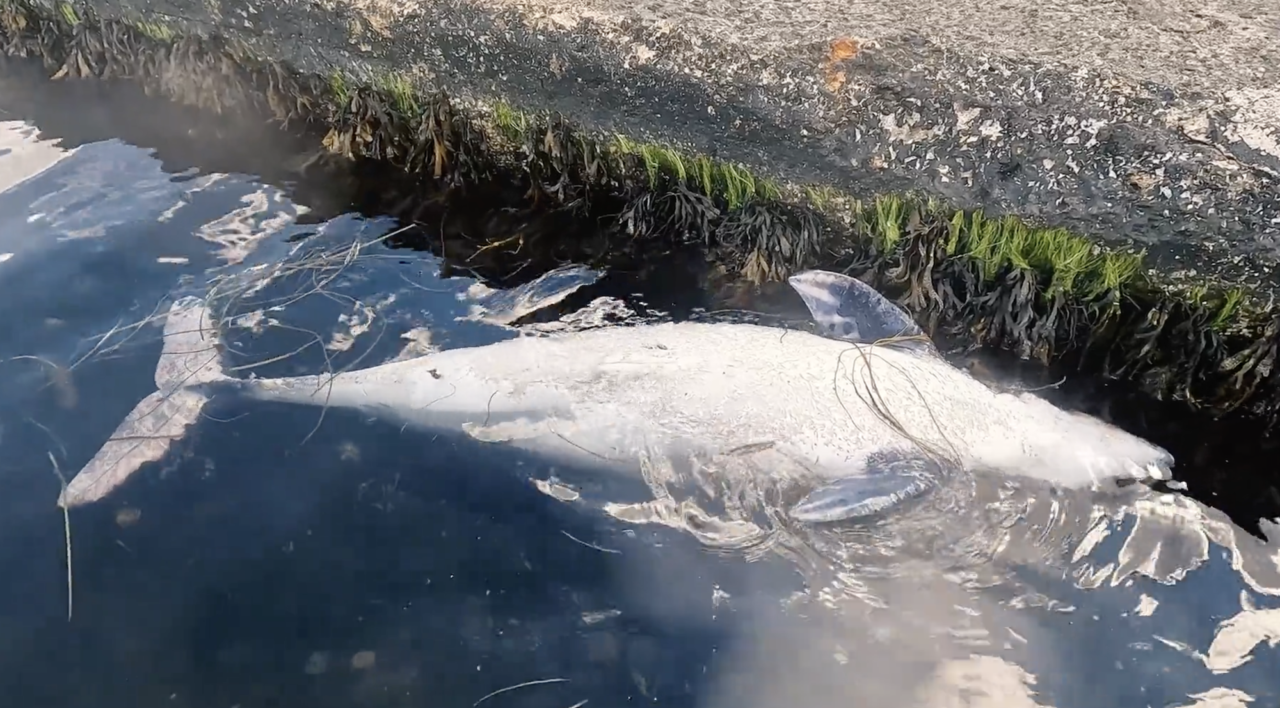
In part two, we delve into the threats facing the small-toothed whales that inhabit Sweden's waters. Why are these porpoises becoming increasingly rare, and what steps can we take to address the issue?
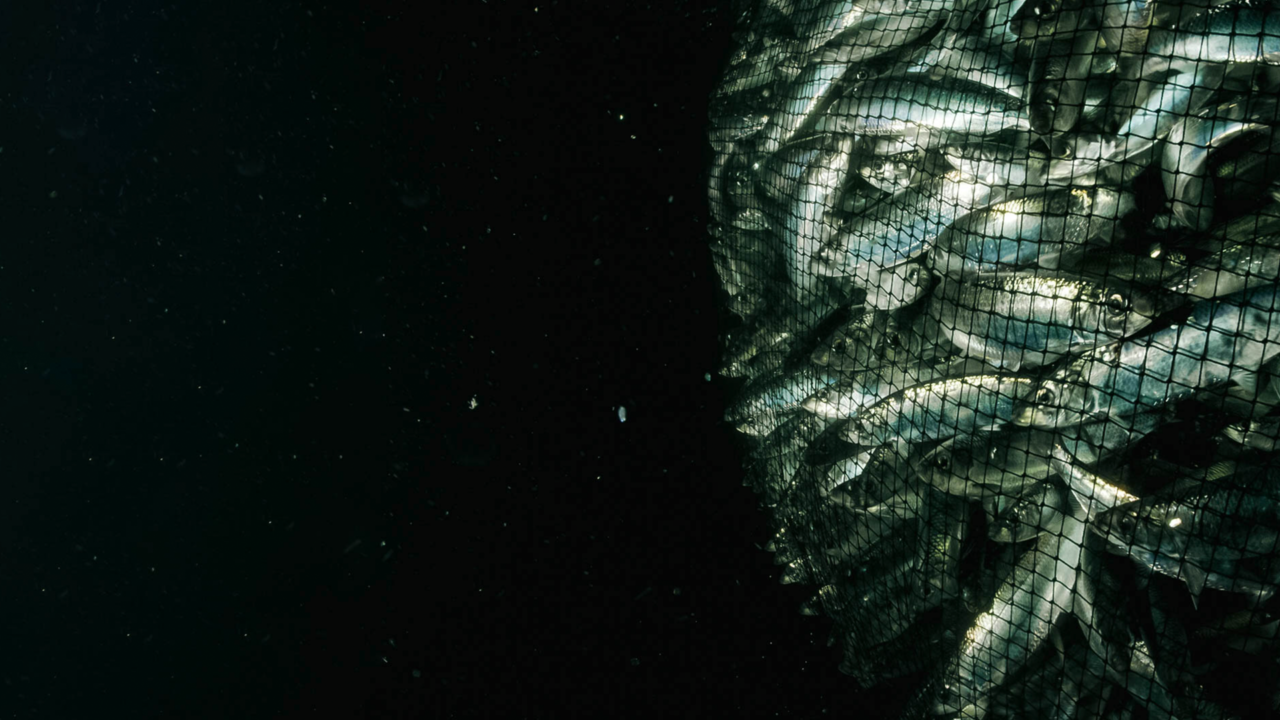
EU fisheries ministers are currently violating EU laws, yet no one has been held accountable for their actions. However, today, March 16, environmental organizations are taking the issue to the European Court of Justice, arguing that the violation of the law must have serious consequences.
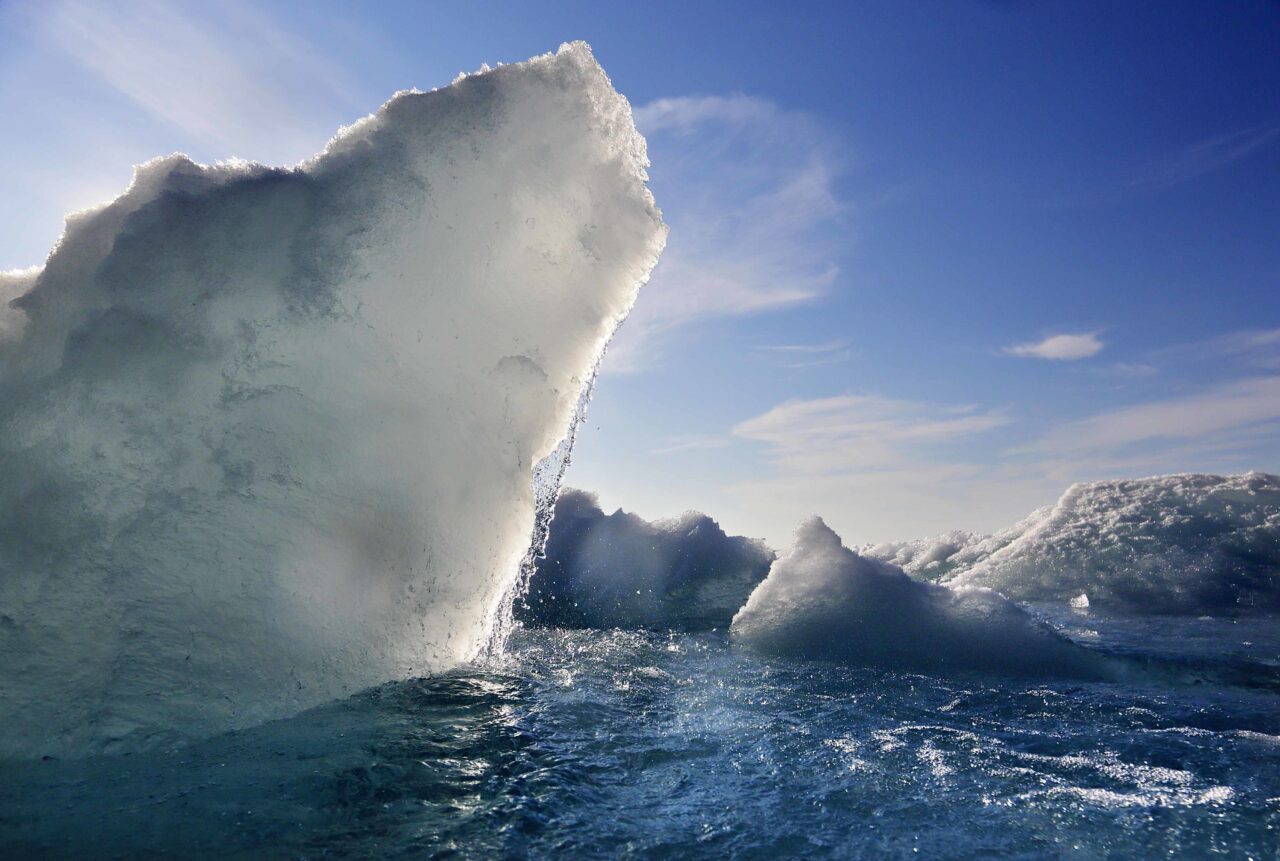
The sea ice in the Arctic will melt much faster than previously thought because today's climate models underestimate the rate, according to new research.
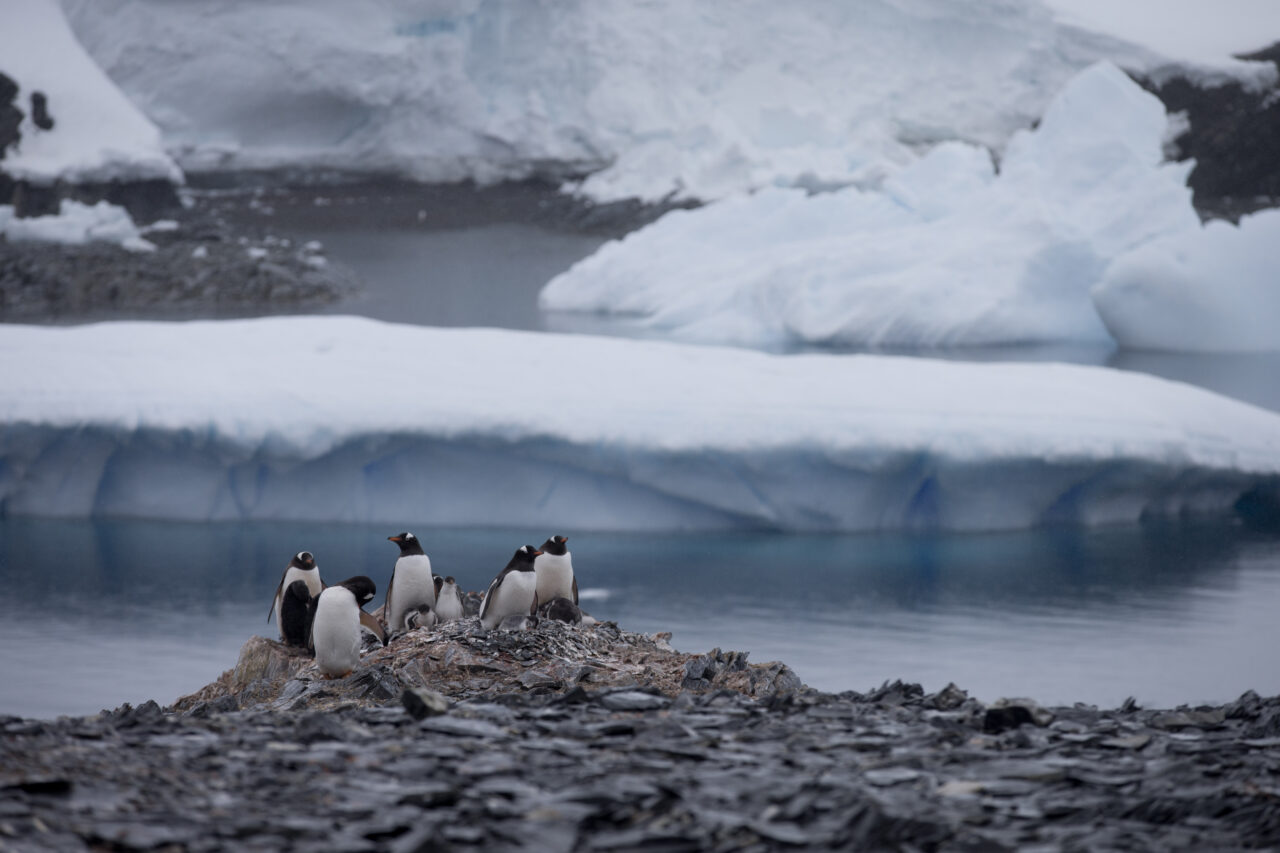
The Antarctic ice sheet is smaller than it has ever been measured to be.
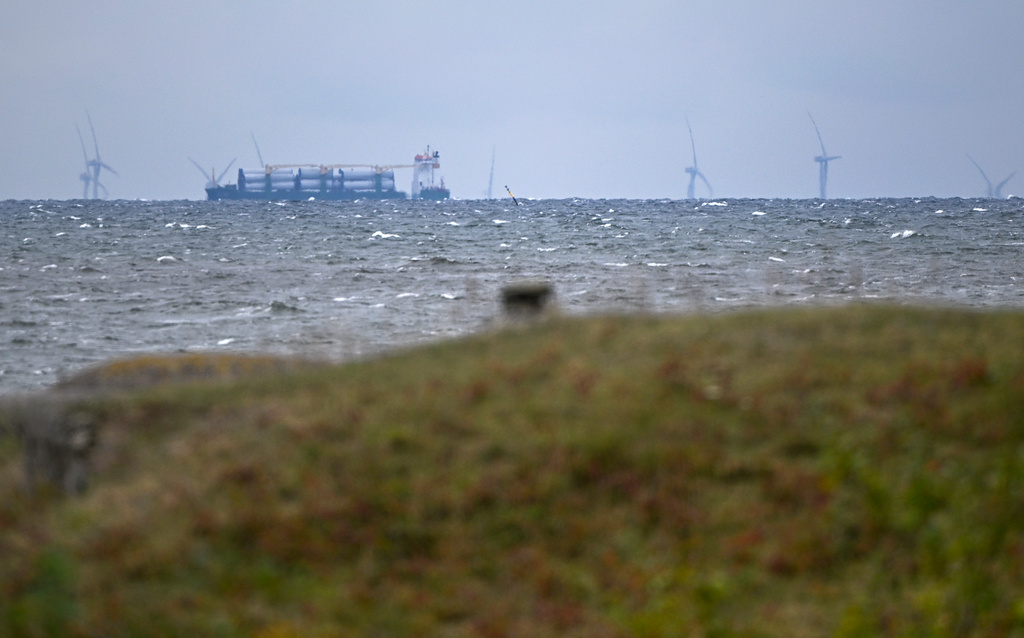
The Swedish Government has given the green light for power company Vattenfall to lay cables on the seabed for its Kriegers Flak wind farm. - All the permits needed are now in place, says Minister for Climate and the Environment Romina Pourmokhtari (Liberal Party).
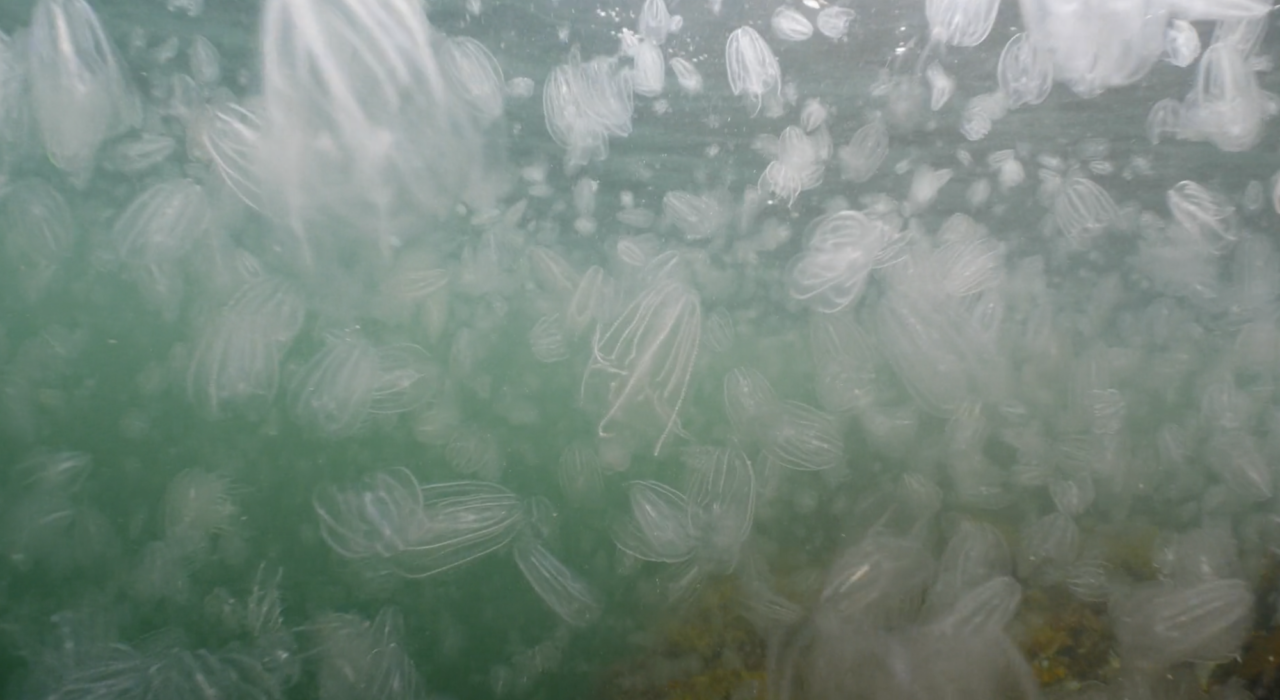
The small but spectacularly beautiful comb jelly Mnemiopsis leydyi, can reproduce at a dismaying speed, and copes with warm and cold water and even different amounts of salinity. And when it spreads to areas where it isn’t naturally found, it can cause devastating damage. As in the Black Sea in the 1980s.

A sperm whale washed ashore in Hawaii this weekend probably died partly because it had eaten vast numbers of fishing nets, plastic bags and other marine litter, according to researchers.
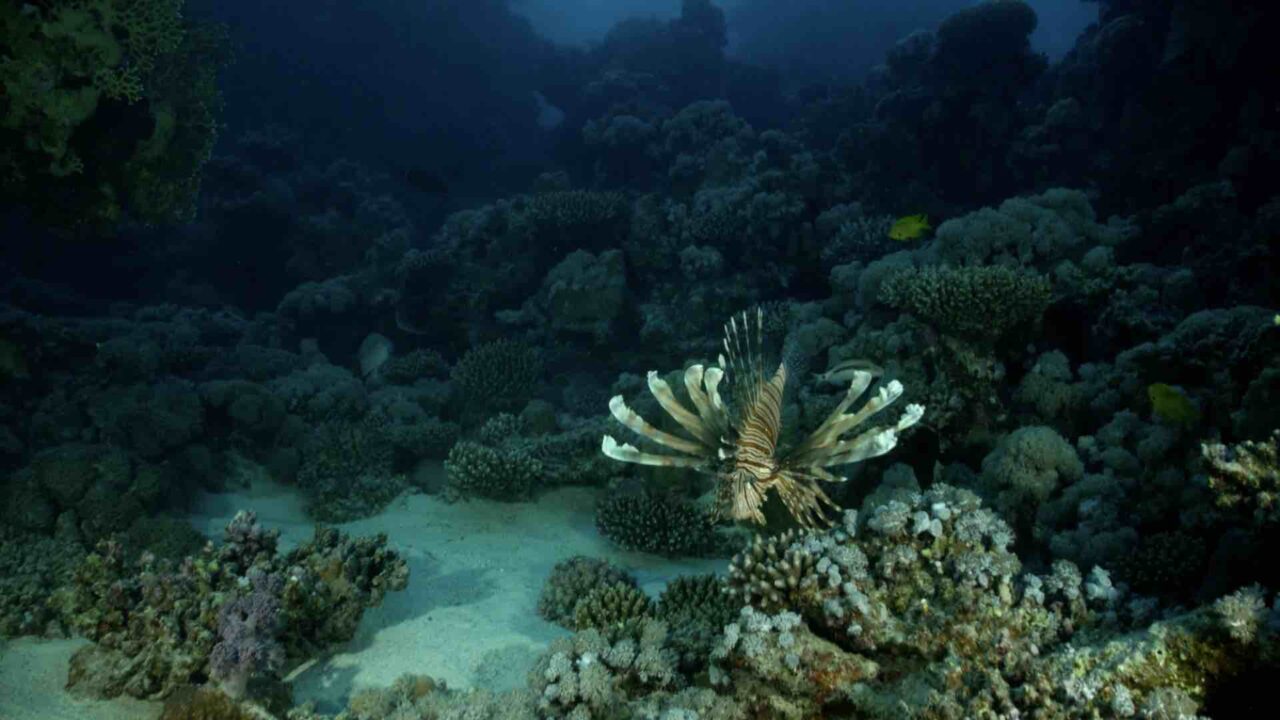
The most likely scenario is that the beautiful red lionfish spread into the sea off the coast of Florida when an aquarium was smashed by Hurricane Andrew thirty years ago, writes the US National Oceanic and Atmospheric Administration (NOAA). Today, the red lionfish is completely dominant along the US coast and is out-competing other species in the ecosystem.
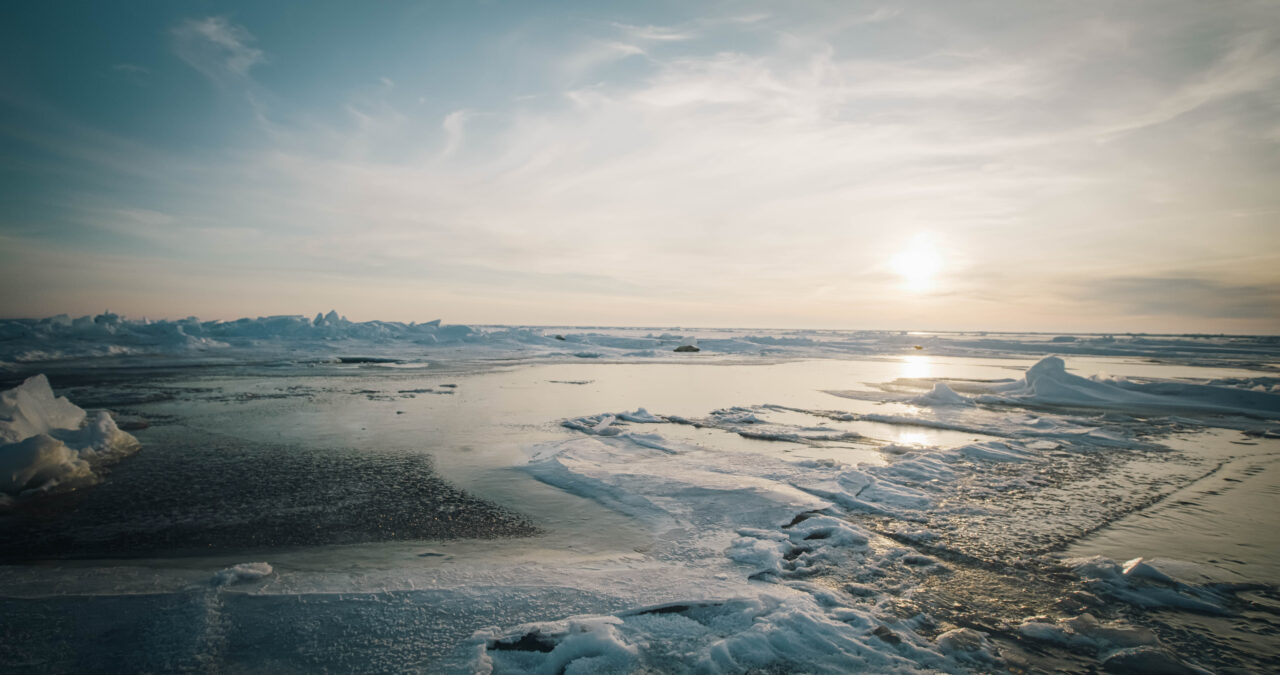
An international team of scientists has measured the temperature and salinity of the ocean, and the measurements show that the oceans continue to break records - year after year. And last year was by far the warmest so far. And that has consequences for us on land.

The world's coral reefs are in trouble. As the oceans get warmer, corals are stressed and eventually die. Coral scientist Tessa Hempson calls corals the "canary in the coal mine". The little bird that used to be placed far down the mine shafts, because when it died you knew the oxygen in the mine would soon run out. A whistleblower who suffers long before we humans do.
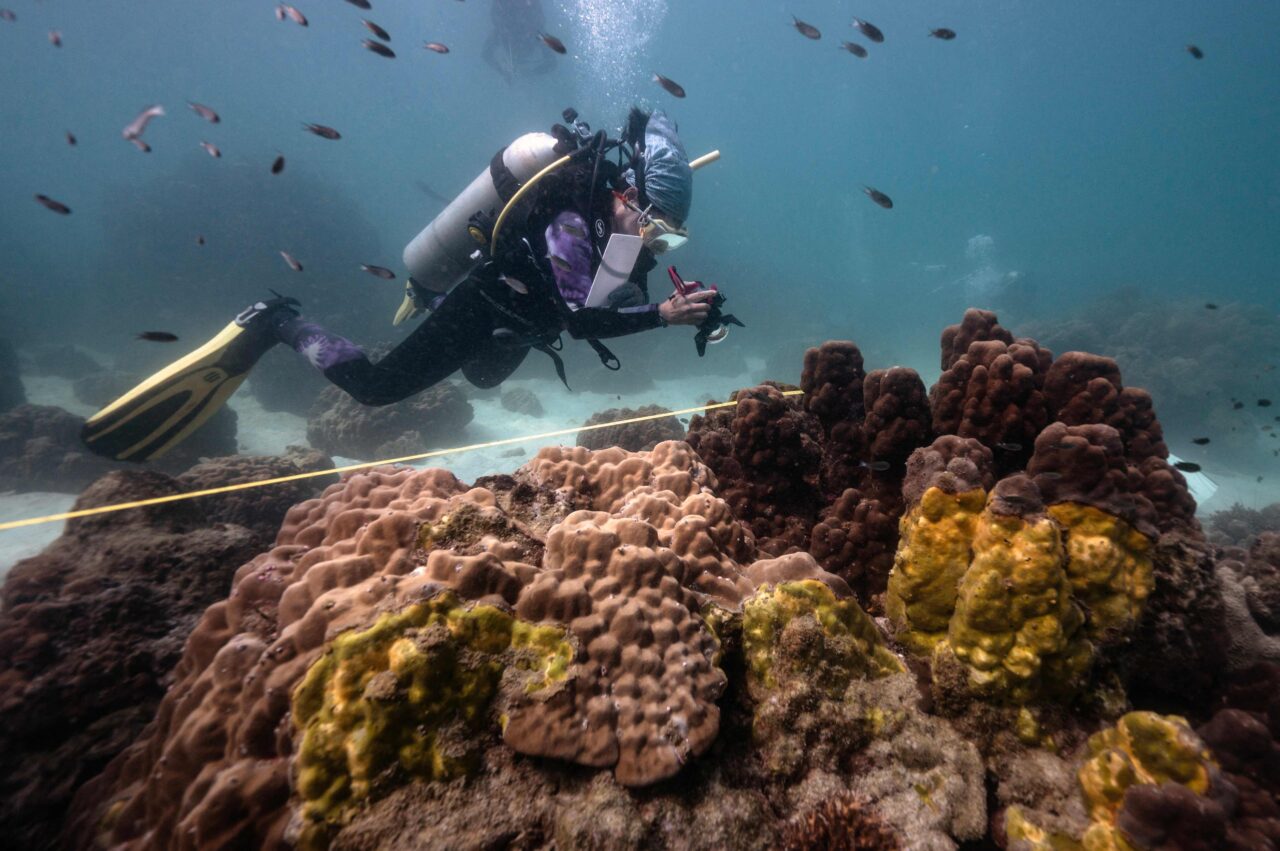
The calm turquoise waters along Thailand's coast can look idyllic. But beneath the surface lurks a treacherous disease that is spreading and killing vital coral reefs.
The Galapagos Marine Reserve provides protection to close on 200 thousand square kilometres of our ocean. It lies 900 kilometres from the mainland and is not on any busy shipping lanes or industrial fishing waters yet, researcher, Jen Jones finds micro plastic in the water throughout the reserve.

Healthy habitats with a diversity of species are important, not least for us to cope with a rapidly changing climate. We have been to the Finnish side of the Baltic Sea and talked to one of the world's leading marine scientists; Alf Norkko.

Emissions from copper-based boat bottom paints are a well-known environmental problem - yet they are widely used by boat owners. But a new study shows that non-toxic silicone-based bottom paint was better at keeping fouling at bay.
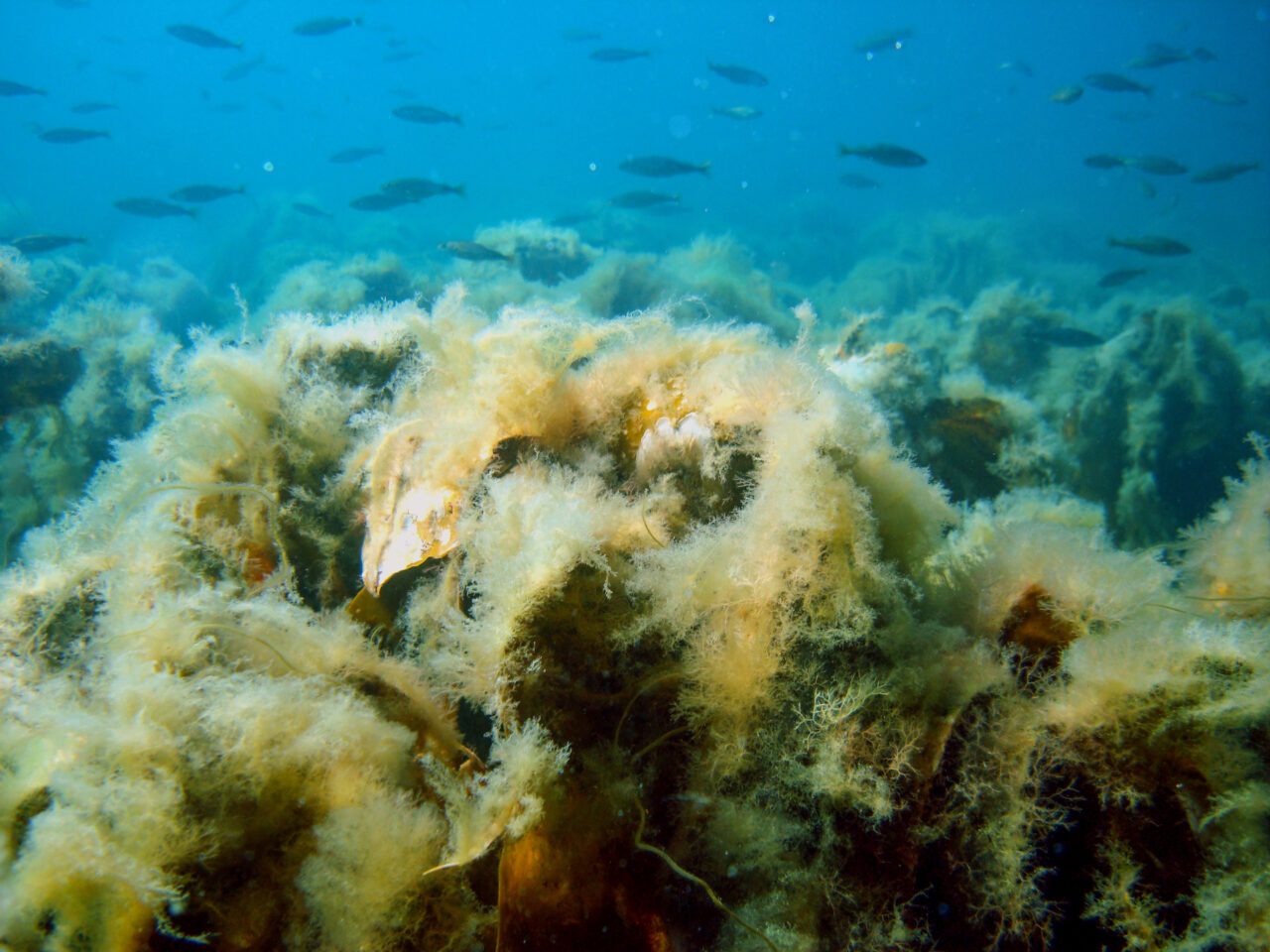
The seas and coasts of much of the world are now ecologically unbalanced. Overfishing has often been cited as the dominant problem. But acidification, eutrophication, environmental plastics, pollution, and climate change are also important factors. The consequences are already significant - not least for people and our economy.
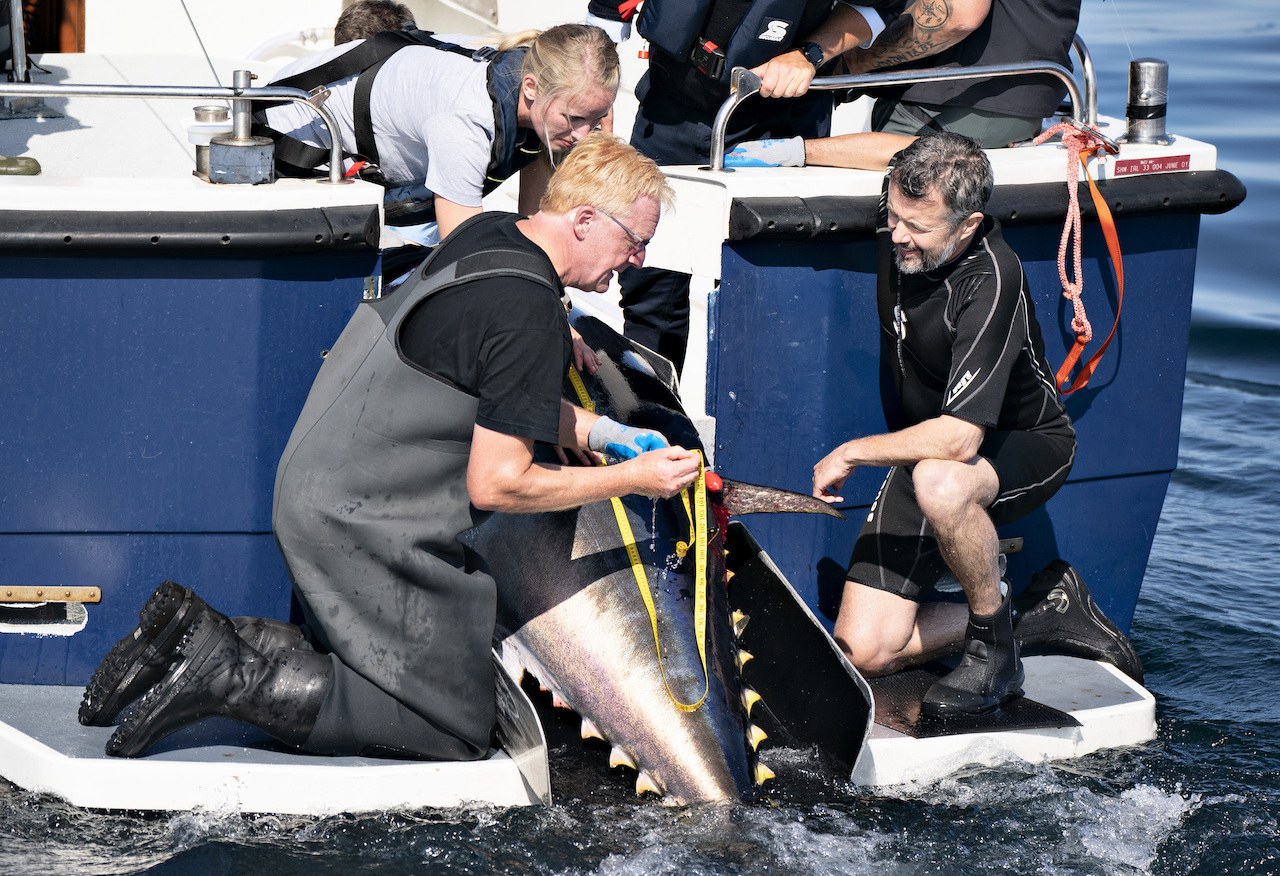
Currently, one million plant and animal species are threatened with extinction in the coming decades. Ahead of the UN summit on biodiversity, there is no lack of tools to preserve a functioning ecosystem - but as it looks now, the world is going in the wrong direction.
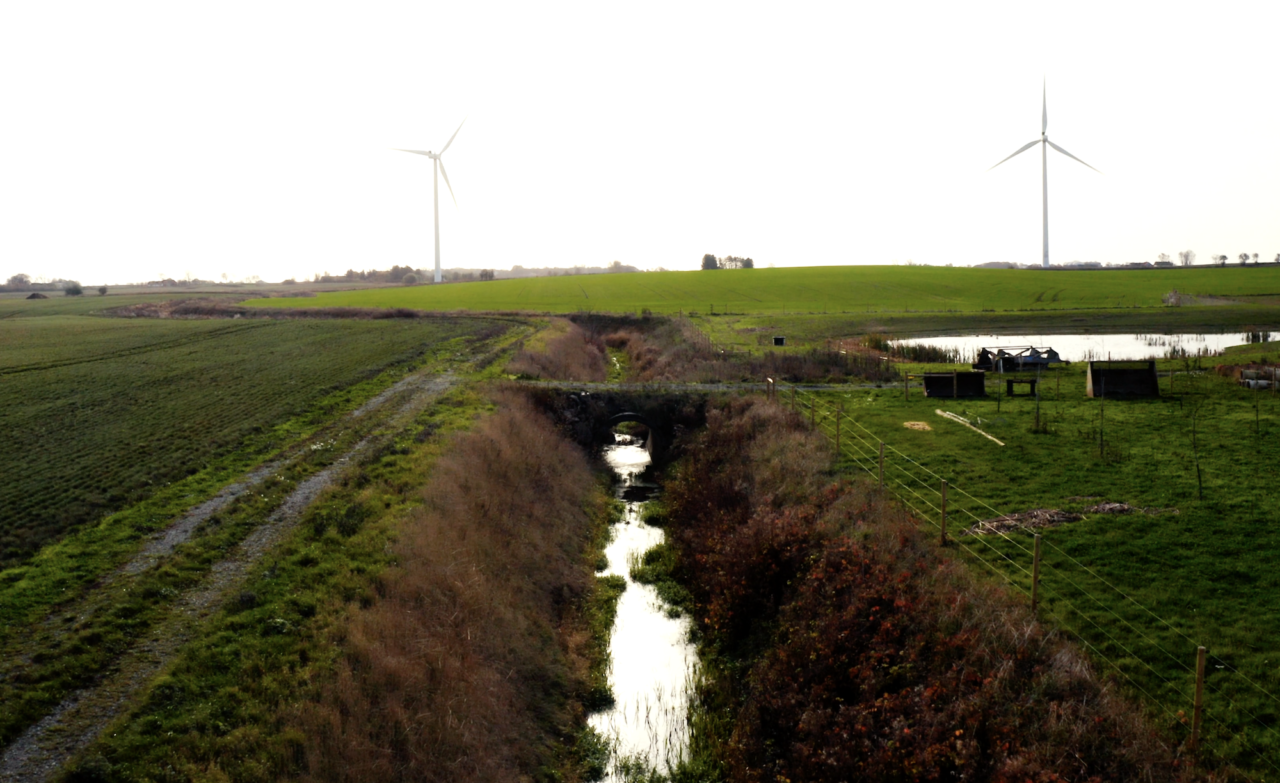
The river "Tullstorp" in southern Skåne is today a river that looks like a river and behaves like a river and that both the landscape and the sea benefit from - but it has just been "reborn" after being a ditch for a long time. The great dredging of Sweden took place in the 19th century and has, among other things, led to the eutrophication of the Baltic Sea.

Heavily reinforced protection for the sharks, as well as turtles, lizards and frogs. But the nob is taking action against the trade in hippos. These are some of the results of global negotiations on trade in endangered species.
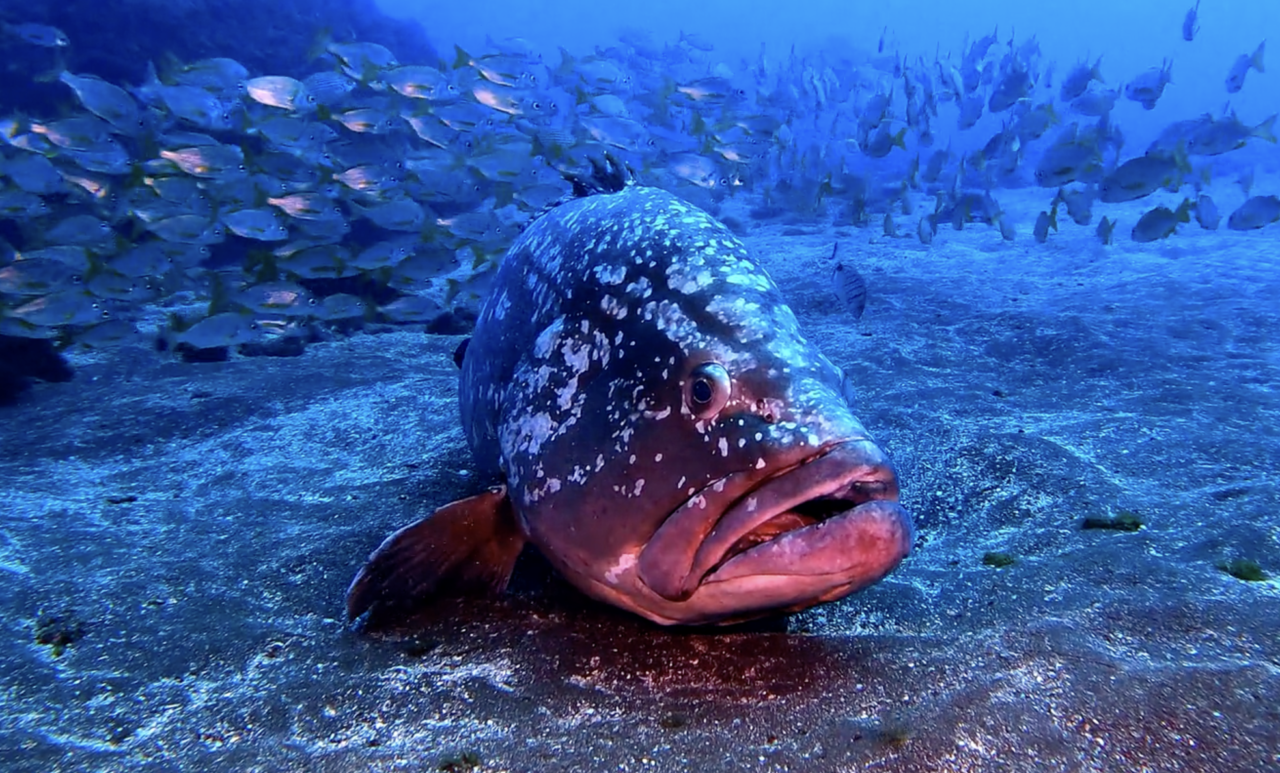
In the marine nature reserve Garajau off the coast of Madeira, Elvis swims. He is around 40 years old, weighs 70 kilos and is one of seven remaining fish of the grouper species in this particular area. It's a fish with attitude, to say the least.

Paradise beaches with swaying palm trees and colorful fish. But also washed away villages, bleached corals and constant worry about the next alarm. On the frontline of climate change, the Pacific Islands are fighting for their future. - The world's most beautiful places can disappear, warns Mona Ainu'u from Niue.
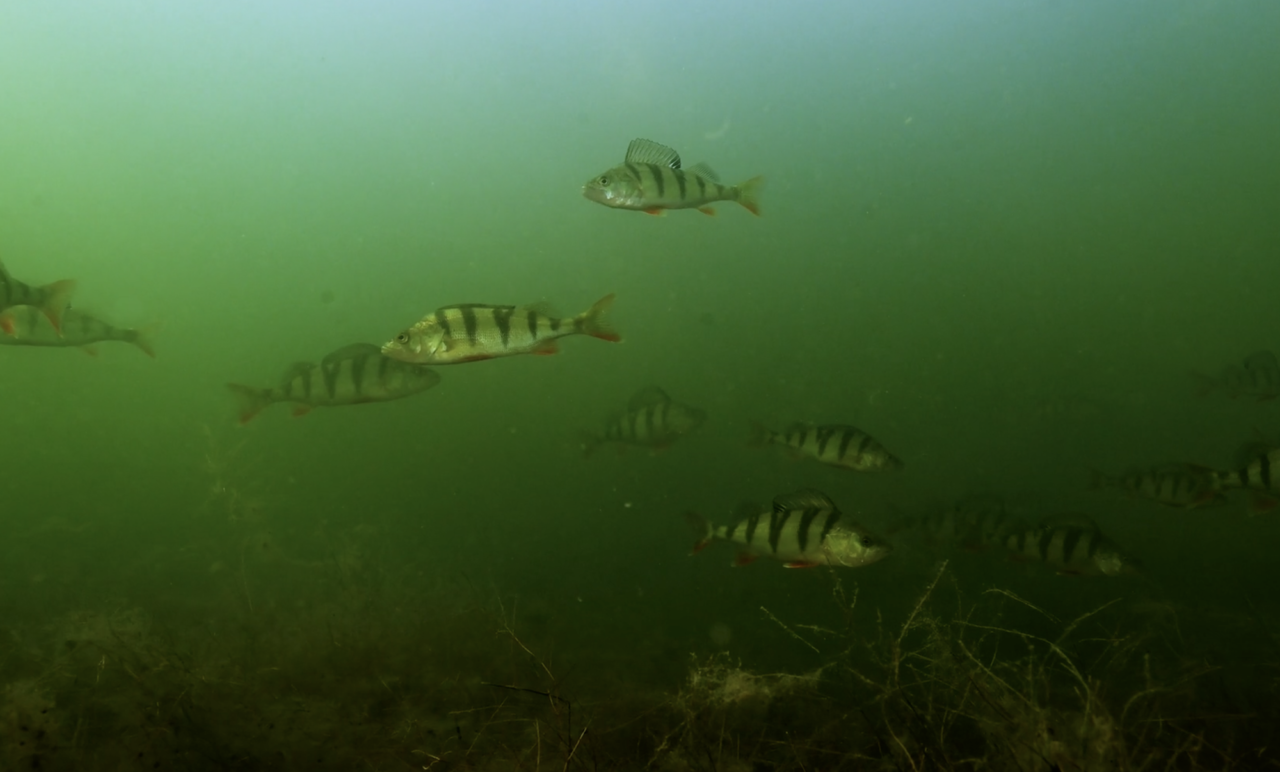
The Baltic Sea is becoming a hot water bath. It affects the fish more than we might understand. It is a slow process that can be difficult to see. But there is one place where, for a relatively short period of time, scientists have been able to see just that – what happens to the fish when the sea gets warmer. Right next to Forsmark's nuclear power plant in northern Uppland.
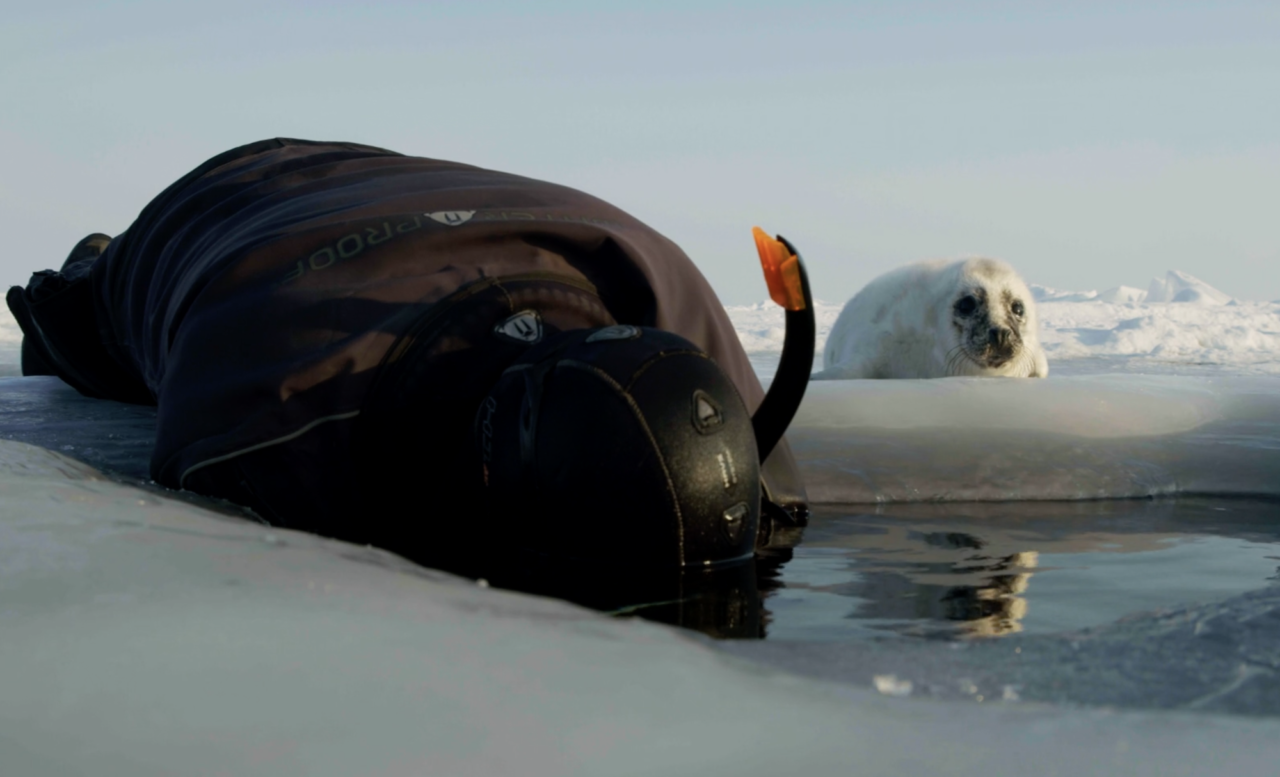
Join us as filmmakers Johan Candert and Simon Stanford embark on their first tentative journey far out on the sea ice. There they will try to film the "secret life of the seal", but it was not as easy as they first thought
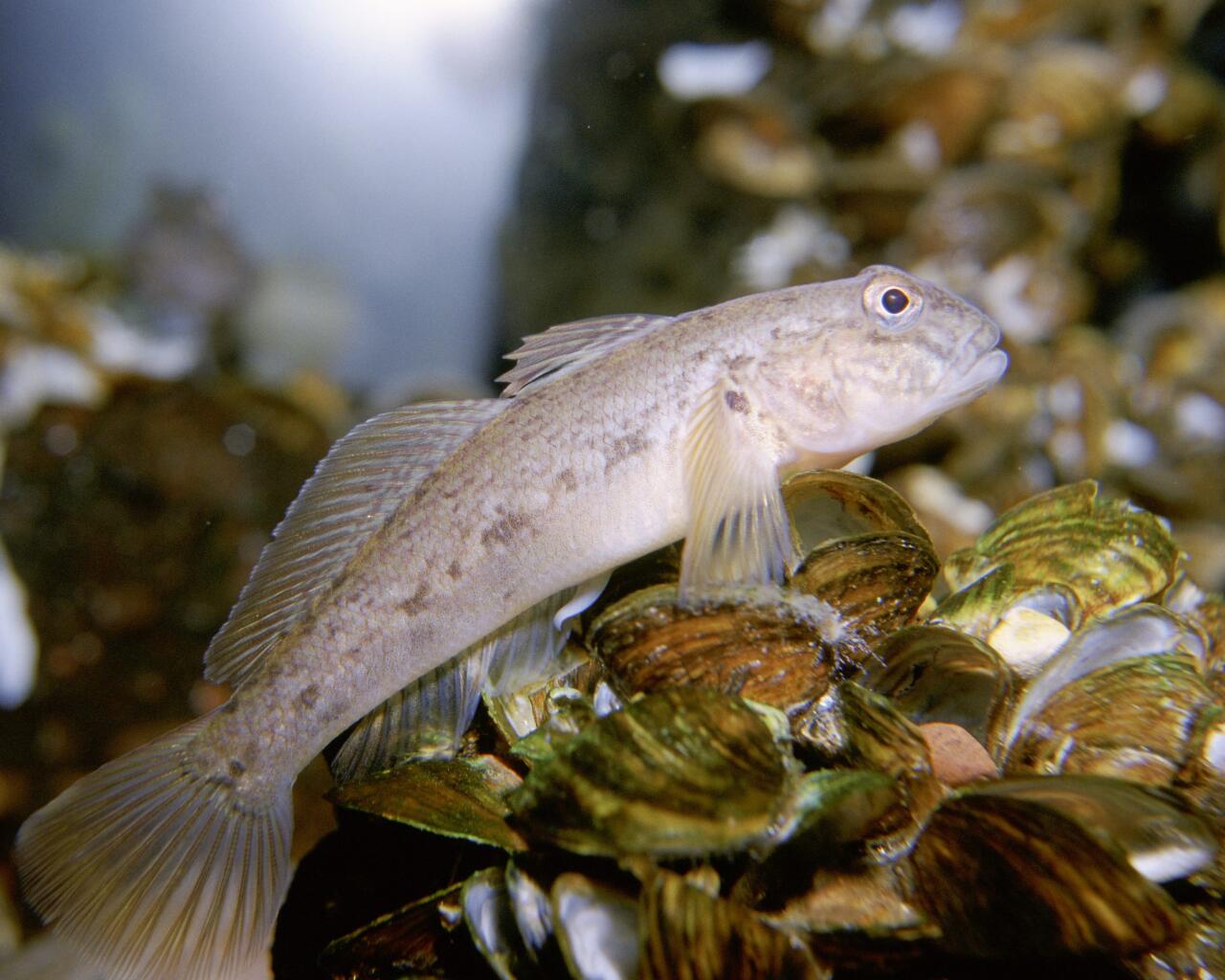
The invasive fish species black-mouthed goby is already present along the Baltic coast. But now the fish species has made its way far up into the Bothnian Sea, writes Örnsköldsvik's Allehanda
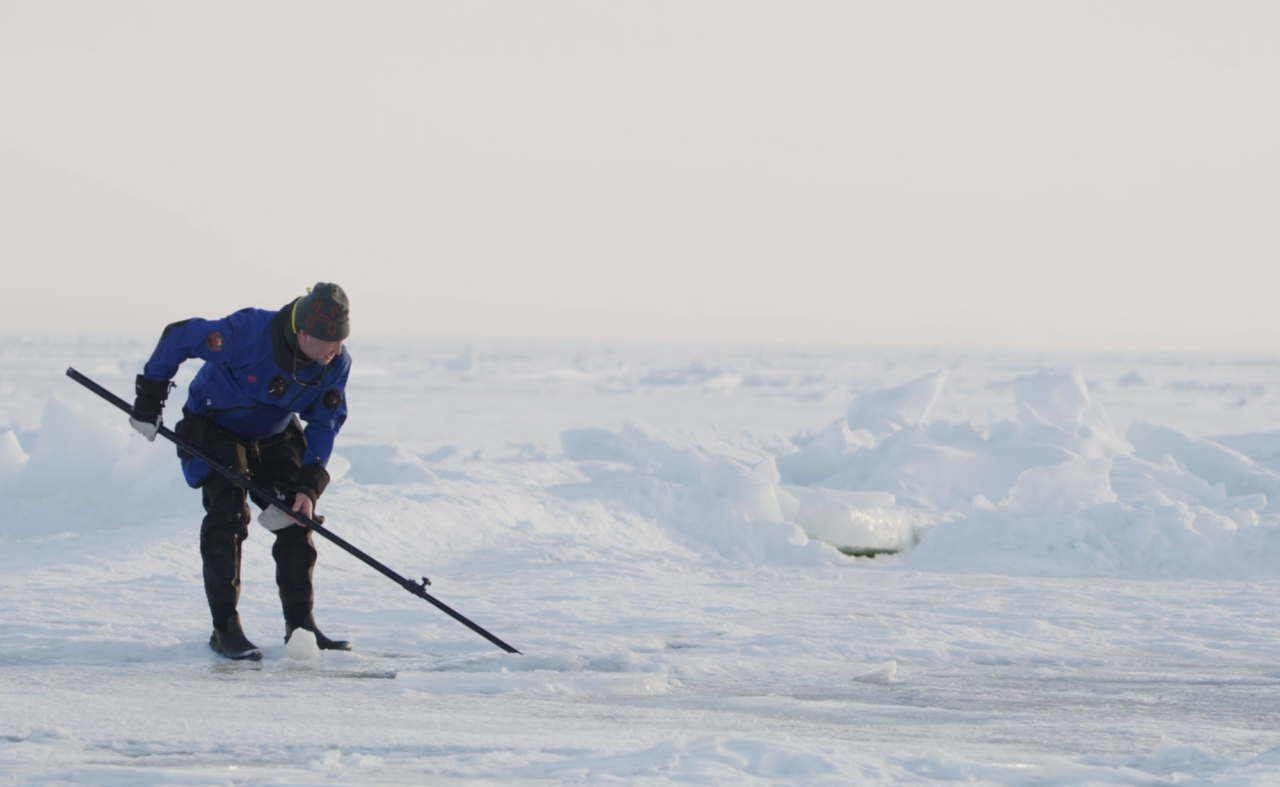
Follow along as filmmakers Johan Candert and Simon Stanford embark on their first tentative journey far out on the sea ice. There they will try to film "The Secret Life of the Seal", but it was not as easy as they first thought